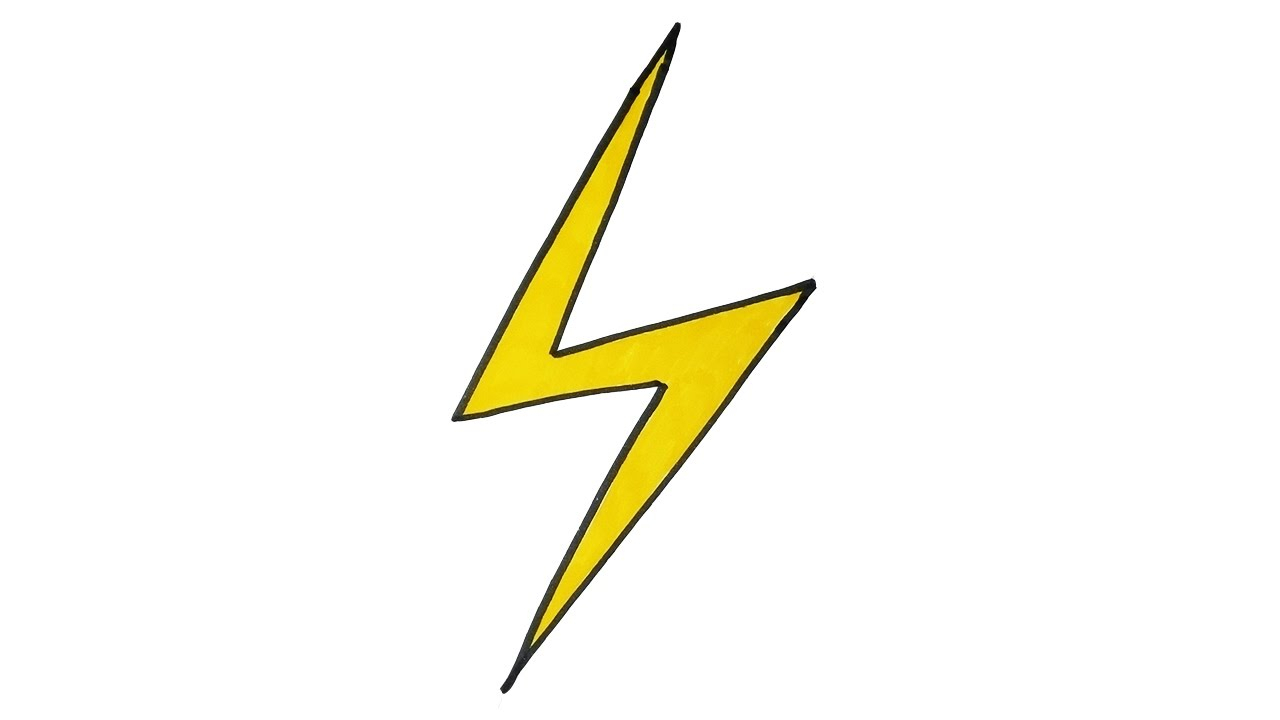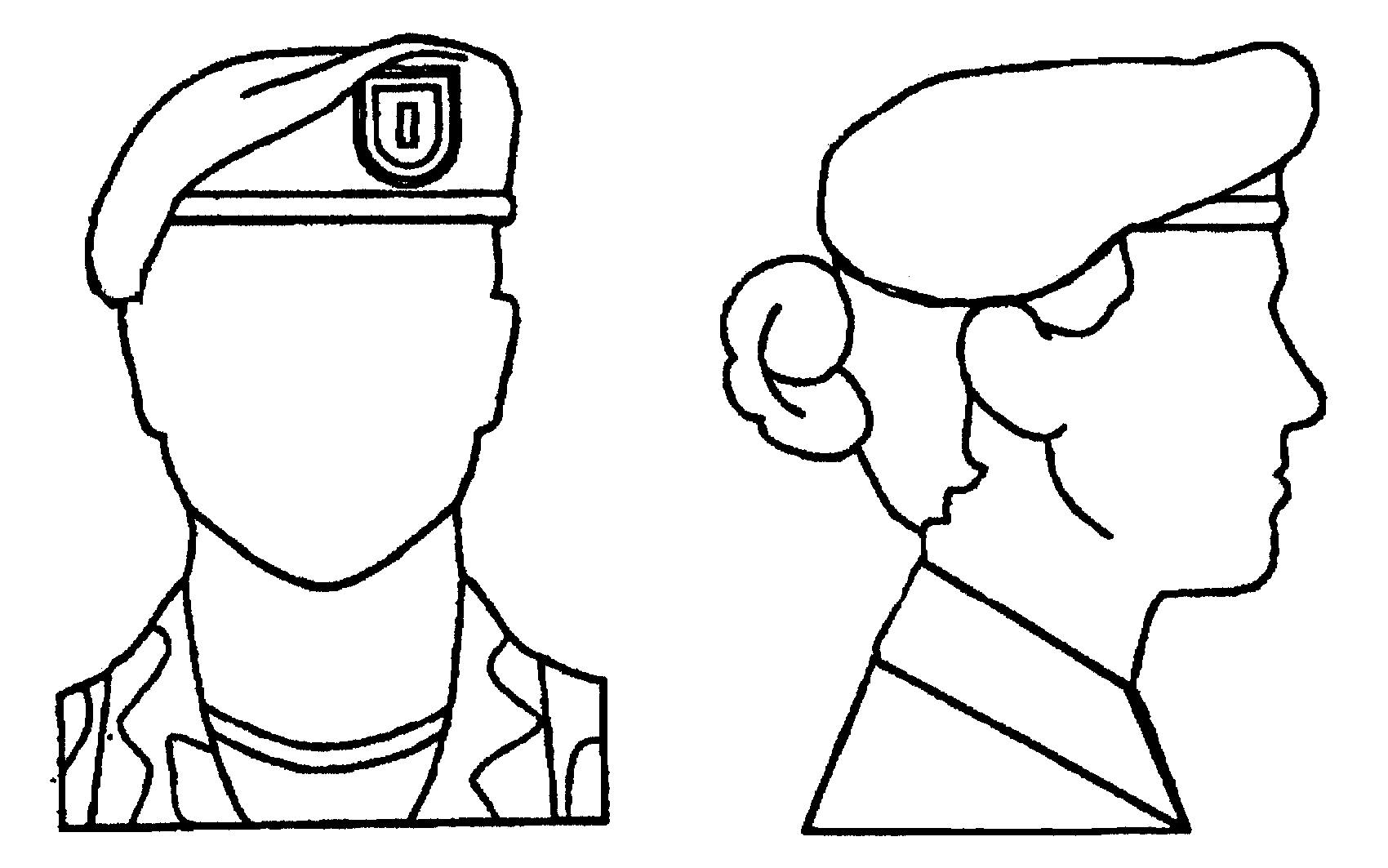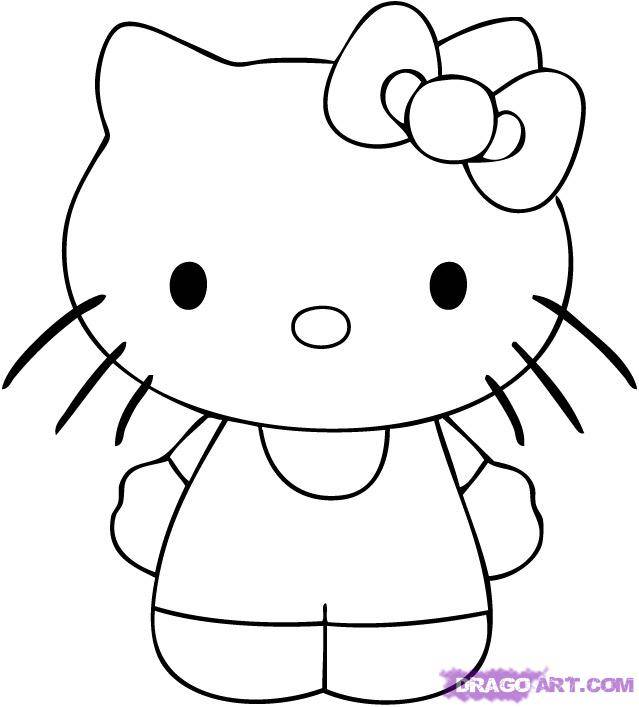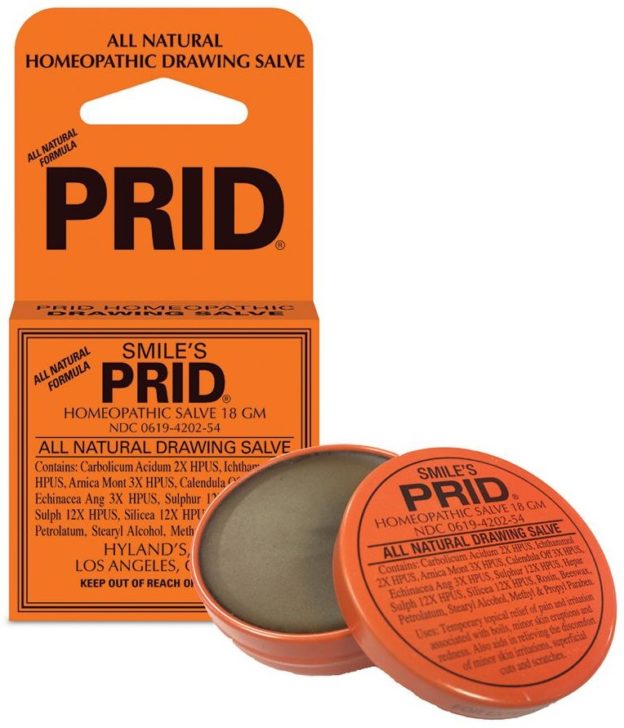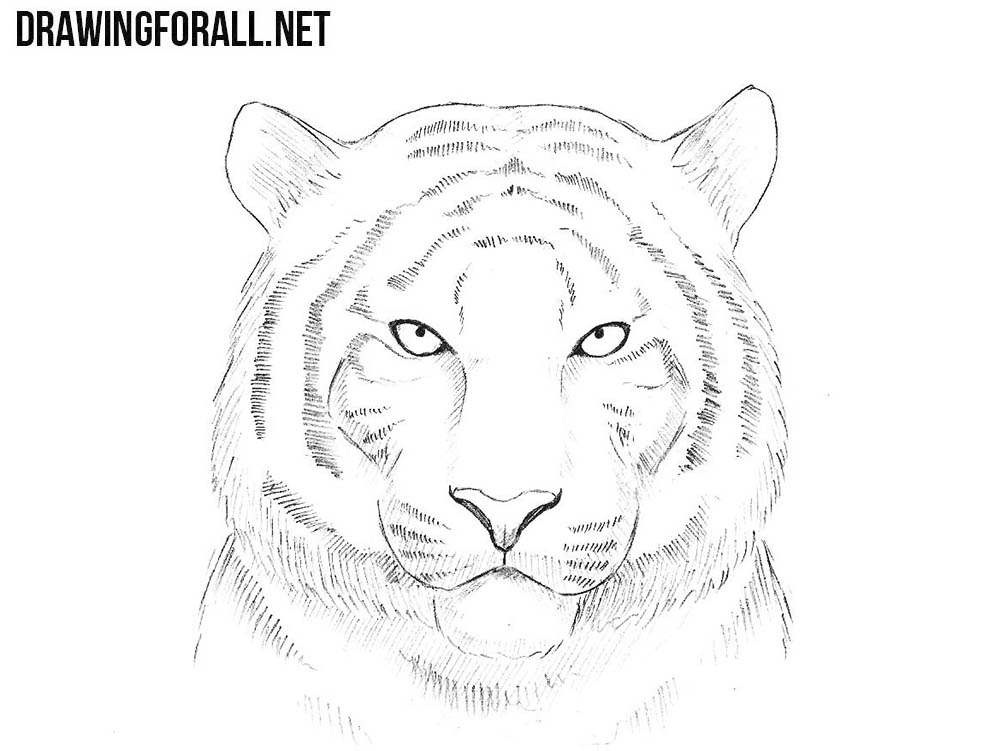Drawing proportions facial children face anatomy sketch reference painting figure wordpress illustration tutorial baby desenho rosto drawings artigo
Table of Contents
Table of Contents
Do you struggle with drawing facial proportions? Whether you’re a beginner or an experienced artist, understanding the nuances of the human face can be a challenge. But don’t let this discourage you! With practice and the right techniques, you can perfect your art and create stunning, realistic drawings that capture the essence of the human form.
When it comes to drawing facial proportions, many artists struggle with getting the features just right. They may find that the eyes are too close together, the nose is too long, or the mouth doesn’t look quite right. These challenges can be discouraging, but they’re also an opportunity to learn and grow as an artist.
The key to drawing accurate facial proportions is to understand the fundamental principles of human anatomy. This means studying the structure and placement of the facial features, as well as the underlying bone structure and muscle groups that support them. With this knowledge, you can create realistic and believable faces that capture the nuances of the human form.
So, how do you draw accurate facial proportions? Here are some tips:
Understanding the Basic Forms and Shapes of the Face
Before you start drawing, it’s essential to understand the basic shapes and forms that make up the human face. This includes the skull, the jawline, the cheekbones, and the chin. Once you have a solid understanding of these structures, you can begin to add in the details that make each face unique. Take some time to study the foundational structures of the face, and practice drawing them in different angles and positions to get a better sense of how they fit together.
The Importance of Correct Proportions
Proportions are another crucial aspect of drawing realistic faces. A common mistake that many beginners make is to draw features that are too big or too small, resulting in an unrealistic or distorted appearance. To avoid this, it’s essential to pay close attention to the proportions of each feature and how they interact with each other. One helpful technique is to use grids or guidelines to help map out the placement of the features before you begin drawing in the details.
Tips for Capturing Expression and Emotion
To make your drawings come to life, it’s essential to capture the expression and emotion of your subject. This means paying close attention to subtle details like the curvature of the lips, the tilt of the eyebrow, and the shape of the eyes. These details can convey a wide range of emotions, from happiness and joy to sadness, anger, and fear. Take some time to study facial expressions and practice capturing them in your drawings.
The Role of Light and Shadow
Finally, it’s essential to consider the role of light and shadow in your drawings. By adding shading and highlights, you can create depth and dimensionality that makes your drawings more realistic and eye-catching. Experiment with different lighting conditions and shading techniques to find a style that works for you.
Personal Experience
As an artist, I’ve struggled with drawing facial proportions in the past. But through practice and experimentation, I’ve learned to appreciate the nuance and complexity of the human face. One of the key things that’s helped me improve my skills is studying the underlying anatomy and structure of the face. By understanding how the different features fit together, I’m able to create more accurate and believable drawings.
Using Reference Images
When it comes to drawing facial proportions, using reference images can be a helpful tool. Whether you’re working from a photograph or a live model, having a visual to reference can help you understand the placement and structure of the features. But remember, it’s important to use reference images as a guide and not to rely on them too heavily. Your ultimate goal should be to develop the skills to draw realistic faces from imagination.
The Importance of Practice
Like any skill, drawing facial proportions takes practice. Don’t be discouraged if your first attempts don’t turn out the way you want them to. Keep practicing, experiment with different techniques and styles, and continue to study the underlying structures and nuances of the human face. With time and dedication, you’ll be able to create stunning, realistic drawings that capture the essence of your subject.
Question and Answer
Q: What’s the most challenging part of drawing facial proportions?
A: For many artists, getting the placement and proportions of the features just right can be challenging. It takes time and practice to learn how to map out the face accurately and draw each feature in a way that’s both realistic and aesthetically pleasing. Another challenge is capturing the expression and emotion of the subject, which requires careful attention to fine details like the curvature of the lips and the tilt of the eyebrows.
Q: How can I improve my skills in drawing facial proportions?
A: Practice is key when it comes to improving your drawing skills. Take some time to study the underlying anatomy and structures of the face, experiment with different techniques and styles, and continue to practice regularly. Using reference images can also be a helpful tool, but remember to use them as a guide and not to rely on them too heavily.
Q: How can I capture the emotion and expression of my subject in my drawings?
A: To capture the emotion and expression of your subject, it’s essential to pay close attention to subtle details like the curvature of the lips, the tilt of the eyebrows, and the shape of the eyes. By studying facial expressions and practicing capturing them in your drawings, you can develop the skills to create realistic and emotionally expressive portraiture.
Q: How can I incorporate light and shadow into my drawings?
A: Light and shadow play a crucial role in creating depth and dimensionality in your drawings. Experiment with different shading techniques and lighting conditions to find a style that works for you. Remember, the key is to create a sense of realism and believability by carefully considering how light interacts with the features of the face.
Conclusion of How to Draw Face Proportions
Drawing facial proportions can be a rewarding and fulfilling experience for any artist. By studying the underlying anatomy and structure of the face, paying close attention to proportions and details, and practicing regularly, you can develop the skills to create realistic, emotionally expressive portraits that capture the essence of your subject. Remember to be patient, keep practicing, and enjoy the journey of improving your art!
Gallery
Facial Proportions - Art Lesson Plans

Photo Credit by: bing.com / proportions facial portrait lesson correct
Face Proportions By PMucks On DeviantArt

Photo Credit by: bing.com / face proportions drawing drawings deviantart portraits
Creating With Kaiser: Drawing Faces
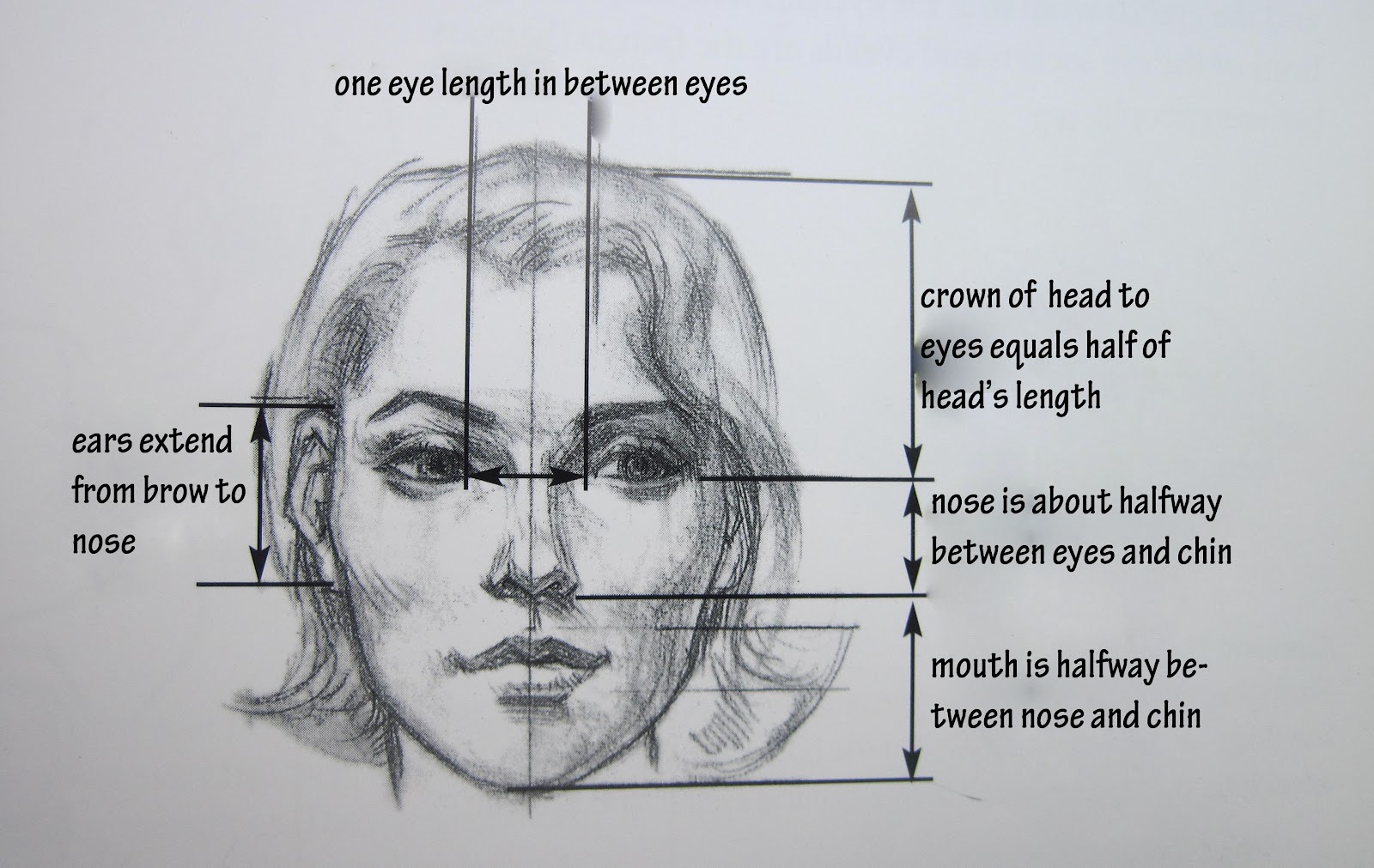
Photo Credit by: bing.com / proportions drawing facial face features portrait faces guidelines proportion human drawings descriptions kaiser list creating painting each read initial below
Front Face Proportions - #FacepaintGirls #FacepaintPhotography

Photo Credit by: bing.com / proportionen proportions
Children’s Facial Proportions | Facial Proportions, Face Proportions

Photo Credit by: bing.com / drawing proportions facial children face anatomy sketch reference painting figure wordpress illustration tutorial baby desenho rosto drawings artigo
